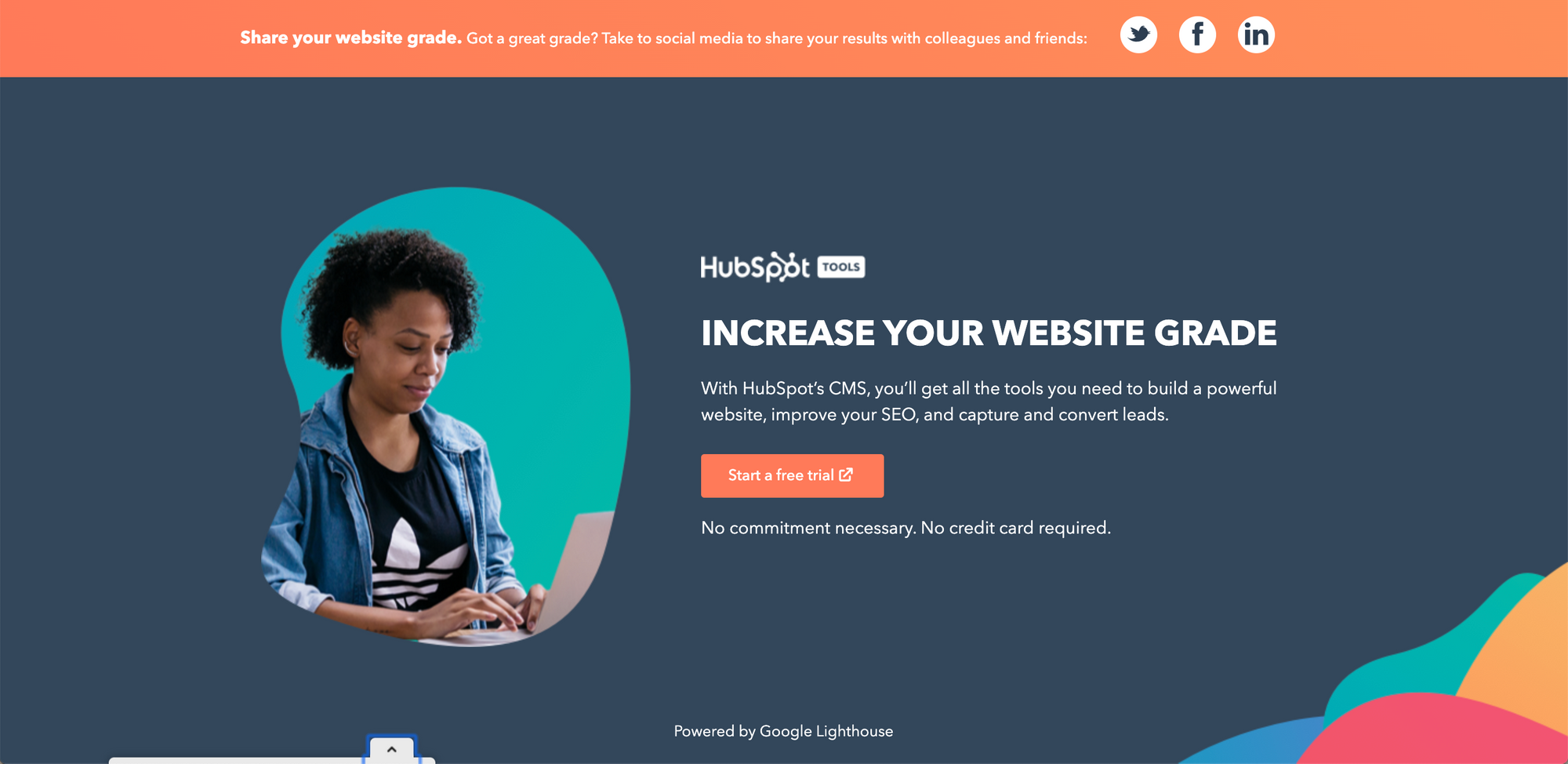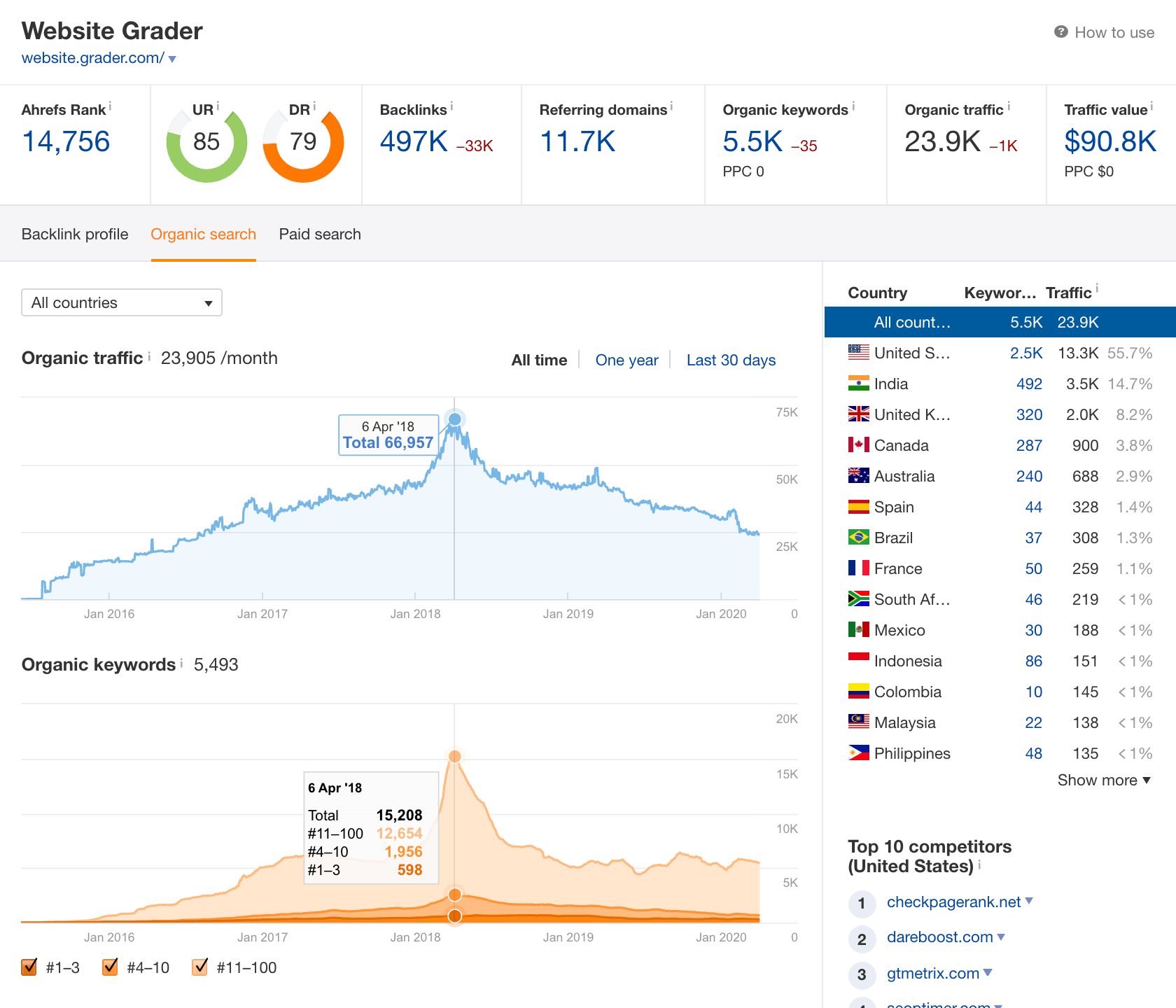Ahref's New Plugin and the Strategy Behind It: An Interview with Justin Lee, Product at Ahrefs
Alfred Lua / Written on 03 April 2020
Hello,
This is my weekly private letter on marketing and distribution models. When relevant, I'll also share numbers and discussions on Buffer projects to give you an insider look at the daily life at a tech company.
In a blog post to their users, Eric Yuan, Zoom's founder and CEO, shared the explosive growth they experienced in the last three months:
To put this growth in context, as of the end of December last year, the maximum number of daily meeting participants, both free and paid, conducted on Zoom was approximately 10 million. In March this year, we reached more than 200 million daily meeting participants, both free and paid.
I know Zoom has better video quality than other video conferencing software. But are there other factors that might have contributed to its sudden growth, compared to, say, Skype (40 million daily users)?
This line in Microsoft's blog post caught my attention:
To help people get connected even faster, we recently introduced a new feature in Skype called Meet Now. Meet Now lets you easily create video meetings in as little as three clicks for free, no signups or downloads required.
You can already easily join a Zoom meeting without an account. Could the low(er) friction have contributed significantly to the growth? Let me know what you think!
Onto this week's topic:
Last Friday, Ahrefs, my favorite SEO tool, released a free WordPress plugin. My good friend, Justin Lee, is in charge of the plugin. (Fun fact: He was the emcee for my wedding!) I managed to catch up with him on the strategy behind the plugin, which you can read below.
Free tools as an acquisition strategy
Before we get to my interview with Justin, I want to share an observation I've made over the years. (I'm definitely not the first to notice this.) Many software companies are creating free tools as a way to acquire new users.
For example, HubSpot has a free website grader. You enter your website and email address. The tool analyzes your website's performance, mobile experience, SEO, and security. At the bottom of the report, there's a call-to-action to start a free trial for HubSpot to build better websites.
 Even if you don't start a trial, you are already a lead in their CMS.
Even if you don't start a trial, you are already a lead in their CMS.
The URL is literally website.grader.com. It ranks first for website grader, is ranking for 5,500 keywords, has almost 500,000 backlinks, and generates 24,000 organic pageviews every month. At its peak, it was getting close to 67,000 organic pageviews every month. I believe ever since then, many competitors have created similar tools to compete with them.
 I thought it's only fitting to use Ahrefs data here.
Free tools like HubSpot's website grader is a great way to generate high-intent organic traffic. Because they are more valuable than most blog posts, they can get more backlinks and rank better for strategic keywords. By providing "free" value, HubSpot is then able to promote its free trial and generate warm leads.
I thought it's only fitting to use Ahrefs data here.
Free tools like HubSpot's website grader is a great way to generate high-intent organic traffic. Because they are more valuable than most blog posts, they can get more backlinks and rank better for strategic keywords. By providing "free" value, HubSpot is then able to promote its free trial and generate warm leads.
With that in mind, let's get to my interview with Justin.
An Interview with Justin Lee, Product at Ahrefs
From his outdated LinkedIn bio:
I'm in love with driving large scale user acquisition, building great products and crafting amazing customer experiences.
My articles on AI, technology & business have been lucky enough to be translated into Japanese, German & French, featured at #1 on Hacker News & Medium, generating over half a million views & traffic.
Justin does product management at Ahrefs now. Before this, he led growth at HubSpot. You can find him on Twitter.
My questions are in bold.
So Yoast, with its free plugin, has dominated the WordPress SEO plugin space for quite a while now. And you decided to come in with your version of a SEO plugin. Why build a WordPress plugin? Why a plugin, and why WordPress?
Justin: Being fundamentally a data tool, we’ve always found that our users struggled to bridge the gap between deriving insights and driving meaningful actions to improve their SEO efforts. With the amount of data we have and the learning curve behind SEO, most users need to have significant experience and knowledge before they see value with our tools.
We wanted to reach out to a different group of target users, who aren’t as experienced in SEO — which meant showing off our product capabilities in some of the most commonly used tools in their toolkit, like a Content Management System (CMS).
We’ve prioritized WordPress because it powers about 30% of the Internet but the plan is to create integrations with other systems & platforms that are commonly used together with Ahrefs.
Something we at Buffer have been thinking about for several years is the idea of free tools as an acquisition channel. We created Pablo in 2015, and it was super well-received even up till today. We then created a few other free tools such as Stories Creator, Social Chat, and Remix, which we launched last week. People use them, and some sign up for Buffer. They tell their friends about it, and the cycle repeats. Is that what you are going for here? What's the strategy behind this plugin?
Justin: The plugin serves two purposes - (1) acquire new groups of users we weren’t able to reach and (2) delight our existing customers.
With this dual purpose in mind, we were careful to not replicate our existing features in the plugin, and that drove us to create something truly unique. The WordPress Plugin universe is a crowded space so we were focused on creating a tool that could do what no other plugins could do.
Do you think more companies should consider such an approach? What companies would such a strategy be suitable for?
Justin: Typically companies with a strong product culture and achieved product-market-fit would be best suited for this strategy as building free tools and plugins requires additional engineering resources. Not all companies can afford to do this, since these engineering resources would be taken away from the main product.
Free tools are basically an additional product line so for young startups that can become overwhelming. Projects can get abandoned and that can do more harm than good.
But for companies that are ready, free tools can be such an evergreen acquisition channel as you’ve mentioned.
Say, I want to build a free tool now; what is the most important thing about building a free tool for acquisition?
Justin: It’s important to think about the native strength of the platform you’re building on. For example, if you’re building a Chrome extension, think about what people want to do or see while browsing the web. Or if it is a CMS plugin, while publishing content.
It’s easy to think about the features of your product and try to fit it into a platform. But that’s putting the cart before the horse, in my opinion.
One last question. What have you all done to promote the plugin, or ensure the success of the plugin?
Justin: We have just done a beta release of the plugin so we haven’t done much promotion. We are focused on building a great tool, as with our approach towards building any product. As usual, we will rely on our extremely supportive user base to spread it.
Other than that, we are looking to partner up with some of the biggest publishers in the WordPress space to get our plugin featured. But before that, we need to improve the plugin and upkeep our reputation of creating only high-quality stuff (content and products).
Awesome. Thanks for sharing these insights, Justin!
Justin: Happy to!